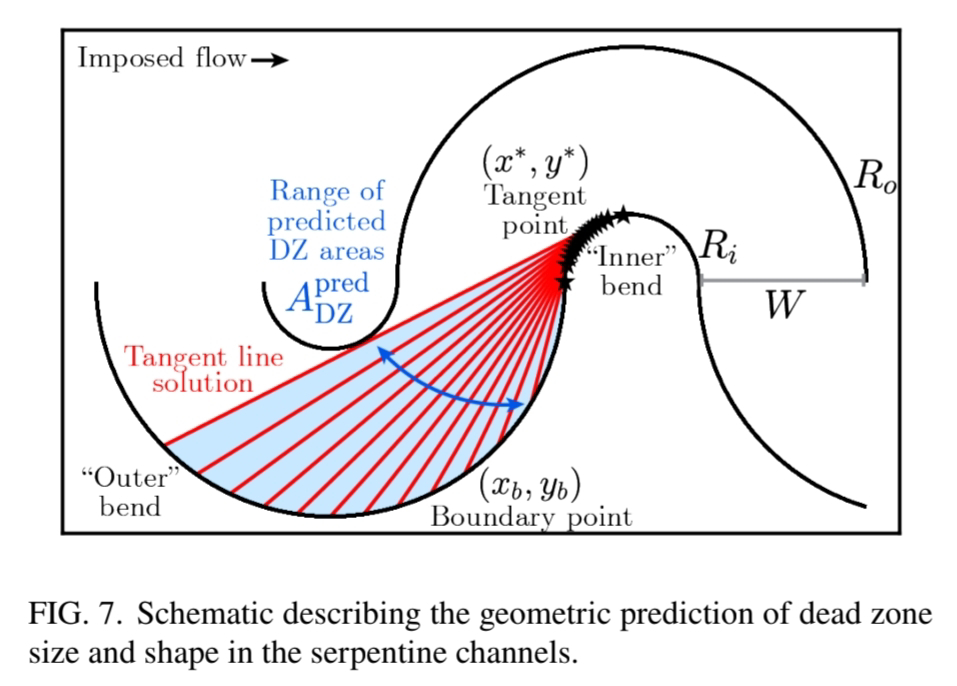<< ️Bubbles are more than fleeting pockets of air trapped in liquid: they exhibit an ever-expanding repertoire of intriguing behaviors. From da Vinci's sketches of their swirling paths to modern-day studies of their erratic dances under acoustic waves, the rich dynamics of bubbles have long captured the attention of everyday observers, engineers, and scientists alike. When exposed to periodic sound waves, bubbles can shift from regular pulsations to rapid zigzagging, mimicking the randomness of Brownian motion. Under sudden pressure changes, they may collapse violently, producing cavitation—intense shock waves capable of damaging solid surfaces. In extreme cases, the implosion may become so intense that the bubble emits a spark of light. >>
<< ️Bubbles can also challenge common intuition: they may appear to violate Archimedes' principle, sinking against gravity in oscillating fluids, and carbonated drinks. Despite centuries of explorations, new and often surprising bubble phenomena continue to emerge. One such example is the recently discovered “galloping” bubble, introduced in (AA) recent publication. Here, (They) showcase this new mechanism of bubble locomotion, highlighting its rich dynamics and striking visual appeal. >>
Jian H. Guan, Saiful I. Tamim, Connor W. Magoon, et al. The way bubbles gallop. Phys. Rev. Fluids 10, 110507. Nov 20, 2025.
Gallery of Fluid Motion. https://doi.org/10.1103/APS.DFD.2024.GFM.V2684816
Also: bubble, drop, droplet, droploid, instability, in https://www.inkgmr.net/kwrds.html
Keywords: gst, bubble, galloping bubbles, galloping threshold, galloping motion, galloping mechanism, instability, galloping instability, drops, droplets, droploids, transitions.








